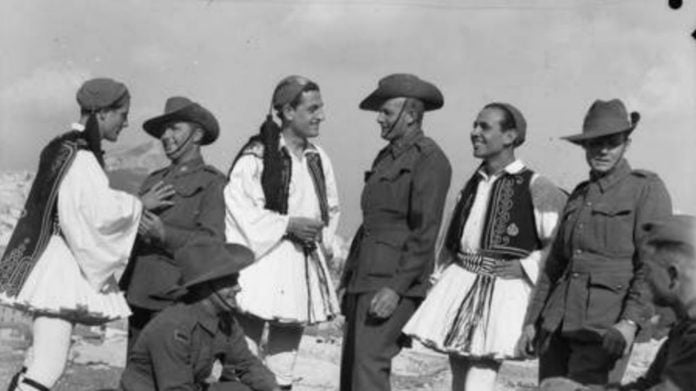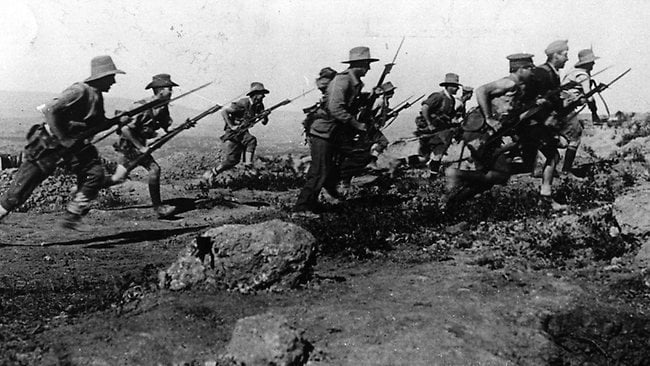
ANZAC Day is a day of remembrance in Australia and New Zealand that broadly commemorates all Australians and New Zealanders “who served and died in all wars, conflicts, and peacekeeping operations” and “the contribution and suffering of all those who have served”
It commemorates the date the Australian and New Zealand Army Corps landed at Gallipoli, Turkey on April 25, 1915, marking the first time the two armies fought together away from home for the noble ideas of freedom and democracy.
It is also a remembrance day for the 102,000 Australians who sacrificed their lives.
It was the first campaign for the Anzacs, a year after World War I (1914-1918) broke out. The aim was to capture Constantinople (now Istanbul) and kick the Ottoman Empire out of the war, as the Ottomans were allied with Germany.
The Anzacs joined Britain, France and Russia in the Gallipoli Campaign. The campaign is often considered to be the beginning of Australian and New Zealand national consciousness.
The Gallipoli campaign lasted eight months with fierce battles that cost the lives of dozens of thousands of deaths on both sides. The ANZAC casualties were 8,709 Australians dead, 2,779 New Zealanders dead, 19,441 Australians wounded and 5,212 New Zealanders wounded.
Yet the Gallipoli Battle was the only one the Ottomans won, forcing the Allies to withdraw from the area and move to Egypt.

The ANZACs in Greece
Twenty-five years after Gallipoli, the Anzacs returned to the Mediterranean for World War II. Over 17,000 brave men served with distinction in the Battle of Crete and the Greek Campaign.
On the 6th of April 1941, the Battle in Greece; which was one of the first engagements of the Australian Army against the Nazis in World War II, took place.
Many of the Anzacs of Greece and Crete had also fought in Gallipoli and are known as rare “Dual Anzacs”. Several of the Anzacs of Greece and Crete came from Greek Australian migrant families.
The Greek and Crete Campaign included Australia’s highest-ranked Indigenous Australian soldier Captain Reginald Saunders, who was supported and saved by the Cretan people for nearly a year. Their human bonds are an important Australian story.
The relationship the Anzacs developed with the Greek people during the war, saved over one thousand Australian lives.
It is estimated that the descendants of Anzacs who fought in Crete and Greece together with Australians of Greek heritage, are in the order of more than 1,500,000 people.
Of the 1,686 Anzacs (Australian and New Zealand ) 646 Australians are buried or memorialized in Greece in Phaleron, Athens, Rhodes and Suda Bay in Crete. Over 50 percent of deceased Australians have never been found or are unidentified and are memorialized at the Athens Memorial.
About 8,900 ANZAC prisoners of war were captured in the Battle of Crete and Greece, representing 83 percent of the Australian soldiers captured by the Nazis in World War II.
Archbishop Makarios paid tribute to the ANZAC soldiers who fought and died for the universal values of freedom, democracy, justice, and human dignity during the First and Second World Wars, in a statement.
“The soil of our homeland – from Lemnos to Crete, and in many corners of mainland Greece and the islands, is watered with the blood of hundreds of Australian soldiers, who fought and sacrificed their lives for the universal values during the First and Second World Wars. These heroes were just some of the thousands of ANZAC men and women who, although far from their homeland and families, unselfishly defended the values of freedom, democracy, justice and human dignity,” Makarios said in his statement.
See all the latest news from Greece and the world at Greekreporter.com. Contact our newsroom to report an update or send your story, photos and videos. Follow GR on Google News and subscribe here to our daily email!



